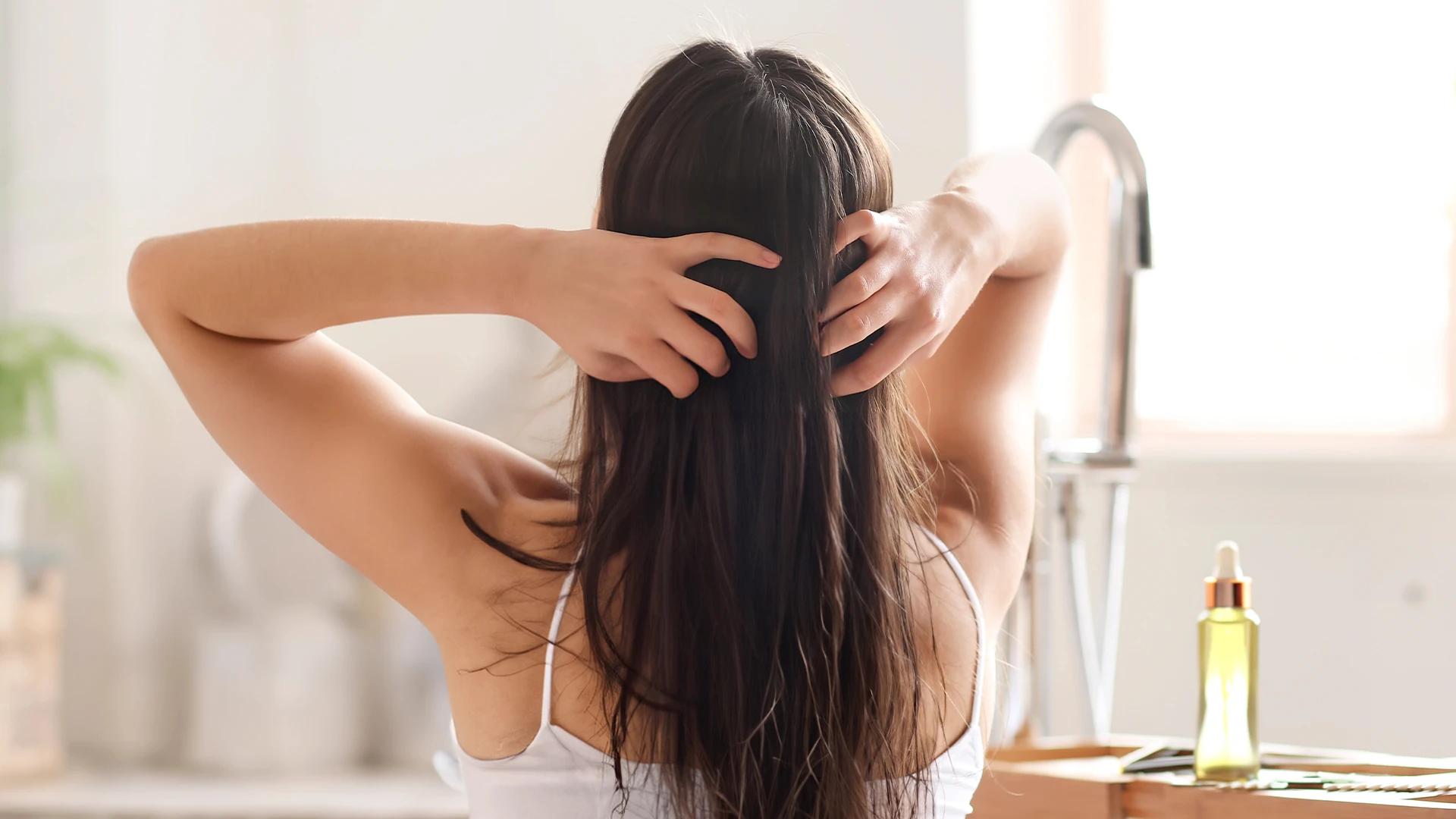Neem oil is your anti-bacterial buddy, brilliant for tackling scalp issues and keeping things clean and healthy.
Benefits of Using Indian Hair Oils
Let's be real—these oils aren't just trending because they smell divine (though they do). They deliver proper results that you can actually see and feel. First up, they're incredible for promoting natural hair growth by nourishing your scalp and improving blood circulation. Think of them as a green juice cleanse, but for your hair follicles.
These oils also work wonders for strengthening your hair from root to tip, reducing breakage and split ends that make your hair look tired. If you're battling dandruff or an itchy scalp, Indian hair oils offer some of the most effective anti-dandruff solutions around—they tackle the root cause rather than just masking the problem. Plus, the conditioning techniques used with these oils leave your hair softer, shinier, and way more manageable than before.
How to Choose the Right Indian Hair Oil for Your Hair Type
Picking your perfect oil match isn't rocket science, but it does require knowing your hair's personality. If you've got fine or oily hair, lighter oils like coconut or sweet almond work beautifully without weighing you down. For thick, coarse, or chemically treated hair, heavier oils like castor or bhringraj can provide the deep nourishment you need.
Consider what your hair goals are too. Want faster growth? Bhringraj and onion oils are worth a try. Dealing with dryness? Coconut and argan oils will be your best mates. For scalp issues, neem and tea tree-infused oils offer targeted scalp treatments that actually work.
Step-by-Step Guide to Using Indian Hair Oils
Right, let's get into the actual how-to bit—because technique matters way more than you might think. Getting this right means the difference between gorgeous, nourished hair and a greasy mess that takes forever to wash out.
The key is being methodical and gentle with your approach. Your hair and scalp deserve the same care you'd give your face during a pamper session.
Preparation
Start by selecting an oil that matches your hair type and concerns. If you're using a thicker oil like mustard or castor, gently warm it between your palms or in a small bowl—never make it hot, just comfortably warm. This helps the oil penetrate better and makes the whole experience more relaxing.
Application Techniques
Begin with your scalp, using your fingertips (not nails) to massage the oil in circular motions. Work section by section, ensuring every bit of your scalp gets attention. Then, run the remaining oil through your hair length, focusing on the mid-sections and ends where damage typically lives. Think gentle pressing rather than aggressive rubbing.
Timing and Frequency


 100 ml
100 ml 100 ml
100 ml